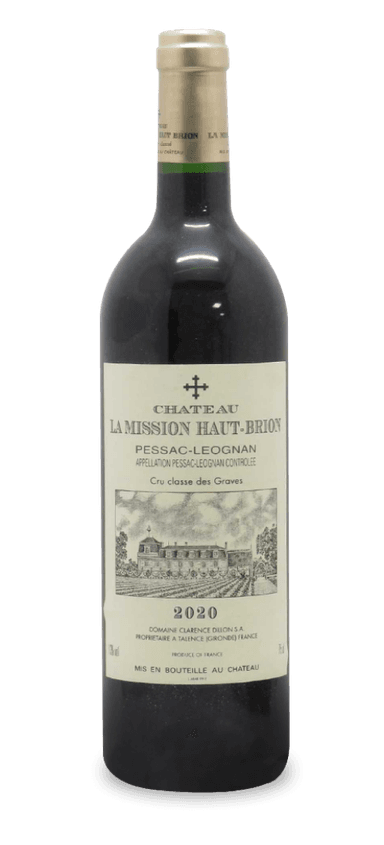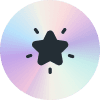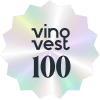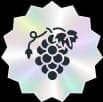- Home/
- Wine Directory/
- France/
- Bordeaux/
- 2020 Chateau La Mission Haut-Brion Cru Classe, Pessac-Leognan
Market Data
| Date | Price | Quanity | Platform |
|---|
No Recent Sales Data
The estimated market price factors in data from multiple sources; however, the transaction history shown here reflects sales completed on the Vinovest platform only. Additional transaction data from other marketplaces will be available in future updates.
Where is my wine stored?
Rest easy knowing your wine is in expert hands. We take care of all the storage and handling details for you. Plus, you're always welcome to come by and check out your wine in person.
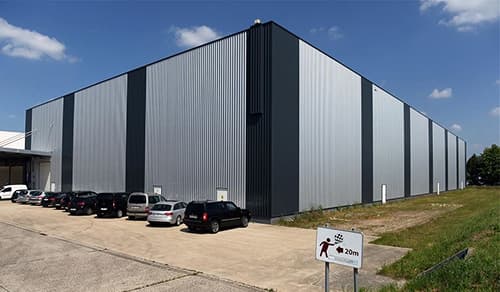
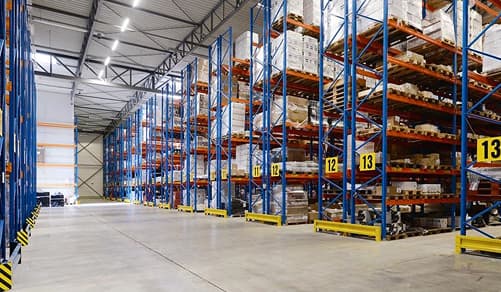
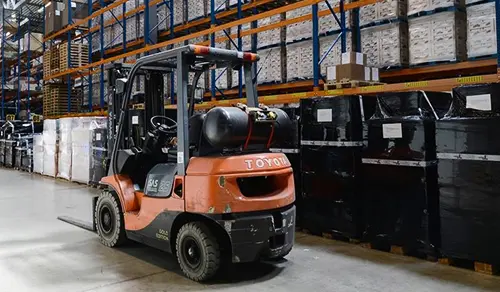
- Secure Storage
- 100% Insurance
- Legal Protection
Conditions Standards & Authentication
Condition Standards
- All bottles are inspected for label and cork condition
- Fill levels are verified and documented
- Stored in temperature and humidity controlled facilities
- Original packaging preserved when available
- Professional handling and transport protocols
- Condition notes provided for each lot
Authentication Process
- Source Verification
All assets traced to verified sources
- Expert Authentication
Professional assessment and verification
- Secure Storage
Professional facility with full insurance
- Platform Listing
Available for verified investment
About This Wine
“Another sensational wine.” Those are the opening words from wine critic Jeb Dunnuck’s review of 2020 Château La Mission Haut-Brion. Call us biased, but we agree. The blend of 48.6 merlot, 43.2 cabernet sauvignon, and 8.2 cabernet franc retains the intensity of previous vintages while sporting a slightly cooler and focused style. Those fortunate enough to secure one of the 6,000 or so cases of 2020 Château La Mission Haut-Brion should exercise patience. (Yoga mats are not required.) The refined bouquet evolves with time in the glass, unfurling notes of strawberries, blueberries, blackberries, violets, orange peel, dark chocolate, and cardamom. The Bordeaux blend hits the palate like a tidal wave, with the fresh fruit engulfing every corner of the mouth. Add in ultra-fine tannins and opulent textures, and you have what Lisa Perrotti-Brown hailed as “a stunning expression of this vintage!” The Final Sip: 2020 Château La Mission Haut-Brion showcases the estate’s signature while capturing the coolness of the vintage.
